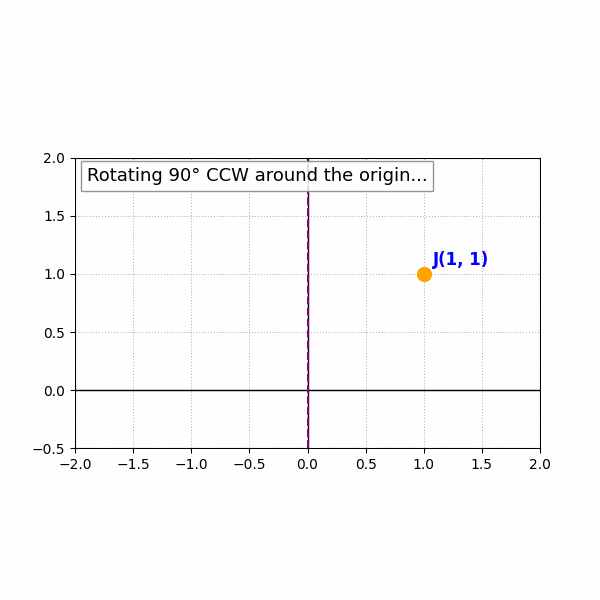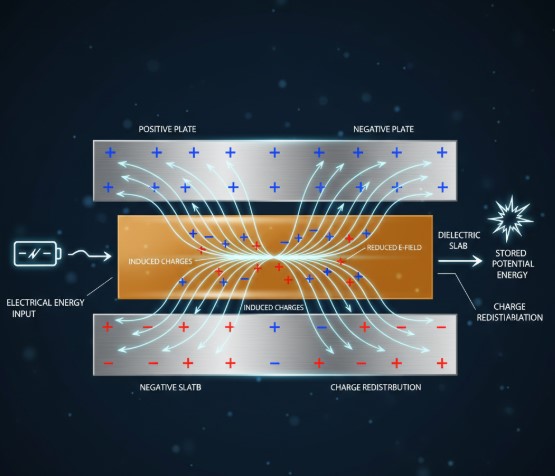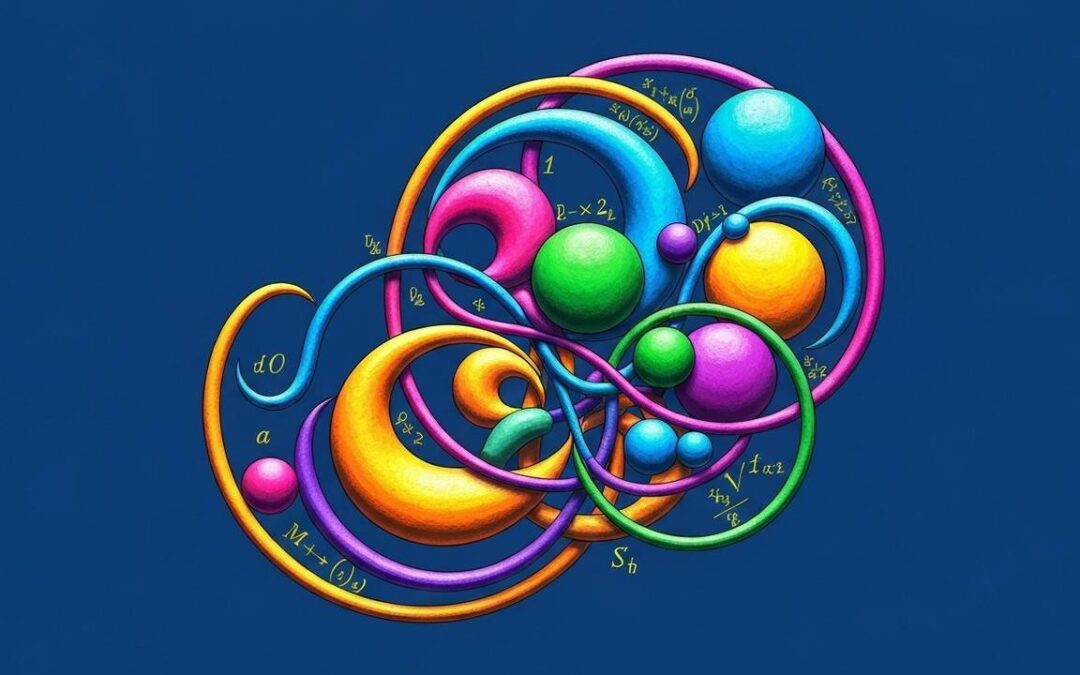Welcome to the world of coordinate geometry! In this post, we’ll explore two fundamental transformations: rotations and reflections. These transformations are essential tools for manipulating geometric figures and understanding their properties. They are used extensively in computer graphics, physics, and various engineering disciplines. This guide will break down these concepts into simple, easy-to-understand steps, complete with examples and illustrations. Understanding Transformations in Geometry is crucial for anyone studying mathematics.
Rotations and Reflections are two fundamental concepts that form the backbone of many geometric transformations. These transformations are more than just abstract ideas; they’re incredibly useful in fields like computer graphics and physics. We’ll break down the core principles, making sure you grasp the essence of how these transformations work.
Table of Contents
So, what exactly are Rotations and Reflections? Well, in simple terms, Rotations and Reflections are ways to move shapes around on a flat surface. Rotations involve spinning a shape around a fixed point, like turning a wheel. Reflections, however, are like using a mirror; you “flip” the shape over a line. In this guide, we’ll cover the key aspects of both, ensuring you understand the core ideas behind these geometric transformations.
More from me
Understanding Rotations and Reflections
In coordinate geometry, transformations involve moving points and shapes in the plane.
Rotations involve turning a figure around a fixed point (the center of rotation) by a certain angle. Think of it like spinning a wheel; every point on the wheel moves in a circular path around the center. The angle of rotation determines how far the figure is turned. Rotations preserve the size and shape of the figure; they are isometries.
Reflections, on the other hand, involve “flipping” a figure over a line (the line of reflection). Imagine a mirror; the reflection of a point is the same distance from the mirror line as the original point, but on the opposite side. Reflections also preserve the size and shape of the figure (making them isometries), but they change the orientation. For example, a clockwise rotation becomes a counterclockwise rotation after reflection.
Rotations: Turning Points and Shapes
Rotations are defined by a center of rotation and an angle of rotation. The most common center of rotation is the origin (0, 0). We’ll focus on rotations around the origin for simplicity. The angle of rotation is usually measured in degrees or radians, with positive angles indicating counterclockwise rotations and negative angles indicating clockwise rotations. The key to understanding rotations lies in how the coordinates of a point change.
Rotations Around the Origin
To rotate a point ##(x, y)## counterclockwise by an angle ##\theta## around the origin, we use the following formulas. These formulas are derived using trigonometry and the properties of circles. The new coordinates ##(x’, y’)## are given by:
### x' = x \cos(\theta) – y \sin(\theta) ### ### y' = x \sin(\theta) + y \cos(\theta) ###
Let us prove the above. We will use the below figure to show the rotation of a point P by angle θ around the origin.
The point P(x,y) has abscissa ##x## and ordinate ##y##. Its distance from origin is ##r##. Let the angle at which the point is inclined to x-axis be ##\phi##.
It is rotated by an angle ##\theta##. The new location is now P’. The new abscissa and ordinate are ##x’## and ##y’## respectively.
Since the point is rotated around O, its distance from O remains constant. So OP’ = OP = ##r##.
From Basic Trigonometry laws, we have
###x = r \cos(\phi)###
###y = r \sin(\phi)###
or
After rotating the point counterclockwise by ##\theta##, the new angle becomes ##\phi + \theta##.
So the new coordinates (##x’##, ##y’##) become:
### x’ = r \cos(\phi + \theta) ### ### y’ = r \sin(\phi + \theta) ###Now, we know that
### \cos(\phi + \theta) = \cos\phi \cos\theta – \sin\phi \sin\theta \tag{3} ### ### \sin(\phi + \theta) = \sin\phi \cos\theta + \cos\phi \sin\theta \tag{4} ###Also,
### \cos(\phi + \theta) = \dfrac{x’}{r} \tag{5} ### ### \sin(\phi + \theta) = \dfrac{y’}{r} \tag{6} ###From (3) and (5), we have:
### \dfrac{x’}{r} = \cos\phi \cos\theta – \sin\phi \sin\theta ###Using values from (1) and (2):
### \dfrac{x’}{r} = \dfrac{x}{r} \cos\theta – \dfrac{y}{r} \sin\theta ###Multiplying both sides by ##r##:
### x’ = x \cos\theta – y \sin\theta ###Similarly, from (4) and (6):
###\dfrac{y’}{r} = \sin\phi \cos\theta + \cos\phi \sin\theta ###
Substituting (1) and (2):
### \dfrac{y’}{r} = \dfrac{y}{r} \cos\theta + \dfrac{x}{r} \sin\theta ###Multiplying both sides by ##r##:
###y’ = x \sin\theta + y \cos\theta###
Final Rotation Formulas:
Let’s break this down with an example. Suppose we want to rotate the point A(1, 0) by 90 degrees counterclockwise. Here, ##x = 1, y = 0, \theta = 90^\circ##. Since ##\cos(90^\circ) = 0## and ##\sin(90^\circ) = 1##, we have:
### x' = 1 \cdot 0 – 0 \cdot 1 = 0 ### ### y' = 1 \cdot 1 + 0 \cdot 0 = 1 ###Therefore, the rotated point A’ is (0, 1). This aligns with our intuition; rotating (1, 0) by 90 degrees counterclockwise around the origin results in (0, 1).
Illustrative Examples of Rotations
Example 1: Rotate the point B(2, 2) by 45 degrees counterclockwise around the origin.
Here, ##x = 2, y = 2, \theta = 45^\circ##. We know ##\cos(45^\circ) = \dfrac{\sqrt{2}}{2}## and ##\sin(45^\circ) = \dfrac{\sqrt{2}}{2}##. Therefore:
### x' = 2 \cdot \dfrac{\sqrt{2}}{2} – 2 \cdot \dfrac{\sqrt{2}}{2} = 0 ### ### y' = 2 \cdot \dfrac{\sqrt{2}}{2} + 2 \cdot \dfrac{\sqrt{2}}{2} = 2\sqrt{2} ###The rotated point B’ is (0, ##2\sqrt{2}##).
Example 2: Rotate the point C(3, -1) by 180 degrees counterclockwise around the origin.
Here, ##x = 3, y = -1, \theta = 180^\circ##. We know ##\cos(180^\circ) = -1## and ##\sin(180^\circ) = 0##. Therefore:
### x' = 3 \cdot (-1) – (-1) \cdot 0 = -3 ### ### y' = 3 \cdot 0 + (-1) \cdot (-1) = 1 ###The rotated point C’ is (-3, 1). A 180-degree rotation effectively negates both coordinates.
Reflections: Mirror Images in Geometry
Reflections are defined by a line of reflection. The most common lines of reflection are the x-axis, the y-axis, and the line y = x. Reflecting a point across a line involves finding a point on the opposite side of the line that is equidistant from the line. This concept is fundamental to understanding Transformations in Geometry.
Reflections Across the x-axis
When reflecting a point across the x-axis, the x-coordinate remains the same, and the y-coordinate changes sign. The rule is:
### (x, y) \rightarrow (x, -y) ###For example, reflecting the point D(4, 3) across the x-axis gives us D'(4, -3).

Reflections Across the y-axis
When reflecting a point across the y-axis, the y-coordinate remains the same, and the x-coordinate changes sign. The rule is:
### (x, y) \rightarrow (-x, y) ###For example, reflecting the point E(-2, 1) across the y-axis gives us E'(2, 1).
Reflections Across the line y = x
When reflecting a point across the line y = x, the x and y coordinates are swapped. The rule is:
### (x, y) \rightarrow (y, x) ###For example, reflecting the point F(5, -2) across the line y = x gives us F'(-2, 5).

Illustrative Examples of Reflections
Example 1: Reflect the point G(-1, -4) across the x-axis.
Using the rule (x, y) -> (x, -y), we get G'(-1, 4).
Example 2: Reflect the point H(0, 6) across the y-axis.
Using the rule (x, y) -> (-x, y), we get H'(0, 6). Note that the point remains unchanged because it lies on the y-axis.
Example 3: Reflect the point I(2, 7) across the line y = x.
Using the rule (x, y) -> (y, x), we get I'(7, 2).
Combining Rotations and Reflections
Transformations can be combined to create more complex movements. For example, you can rotate a shape and then reflect it, or reflect it and then rotate it. The order in which you perform these transformations matters. This is because matrix multiplication (which is used to represent these transformations mathematically) is not commutative. Understanding how to combine these transformations is a powerful skill in Transformations in Geometry.
Example: Combining Rotation and Reflection
Let’s consider a point J(1, 1). First, we rotate it 90 degrees counterclockwise around the origin. Using the rotation formulas:
### x' = 1 \cdot \cos(90^\circ) – 1 \cdot \sin(90^\circ) = -1 ### ### y' = 1 \cdot \sin(90^\circ) + 1 \cdot \cos(90^\circ) = 1 ###So, after rotation, we have J'(-1, 1). Next, we reflect J'(-1, 1) across the y-axis. Using the reflection rule:
### (x, y) \rightarrow (-x, y) ###We get J”(1, 1). Therefore, the final position of the point is (1, 1).

Practice Problems
Problem 1:
Rotate the point (3, 4) by 90 degrees clockwise around the origin.
Problem 2:
Reflect the point (-2, 5) across the line y = x.
Problem 3:
Reflect the point (1, -1) across the x-axis.
Problem 4:
Rotate the point (0, 5) by 180 degrees around the origin.
Problem 5:
Reflect the point (3, 0) across the y-axis.
Solution 1: (4, -3)
Solution 2 : (5, -2)
Solution 3 : (1, 1)
Solution 4 : (0, -5)
Solution 5 : (-3, 0)
We also Published
RESOURCES
- Rotations and reflections in two dimensions – Wikipedia
- Translations, Rotations, and Reflections | CK-12 Foundation
- linear algebra – Are all reflections rotations? – Mathematics Stack …
- The medical student dance: Reflections on clinical rotations – Scope
- Why are orthogonal matrices generalizations of rotations and …
- Transformations: Translations, Rotations, and Reflections
- TRANSFORMATIONS CHEAT-SHEET!
- Identify reflections, rotations, and translations | 7th grade math – IXL
- Reflections on My Rotation with ASCP
- Translations, reflections and rotations on the Cartesian plane …








0 Comments